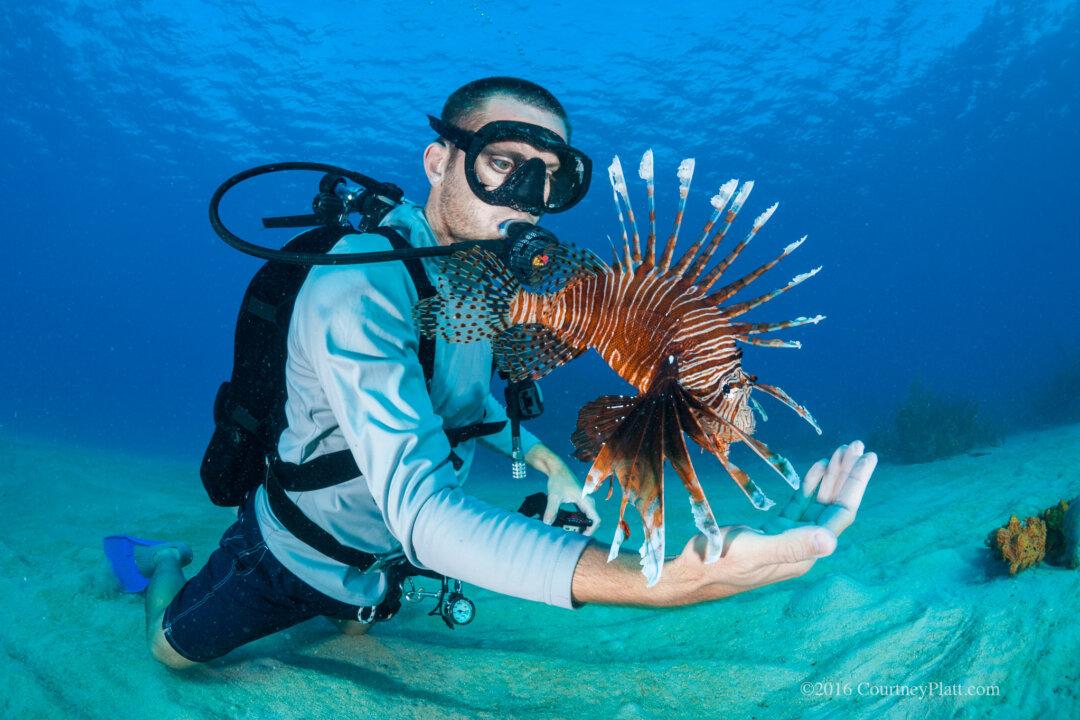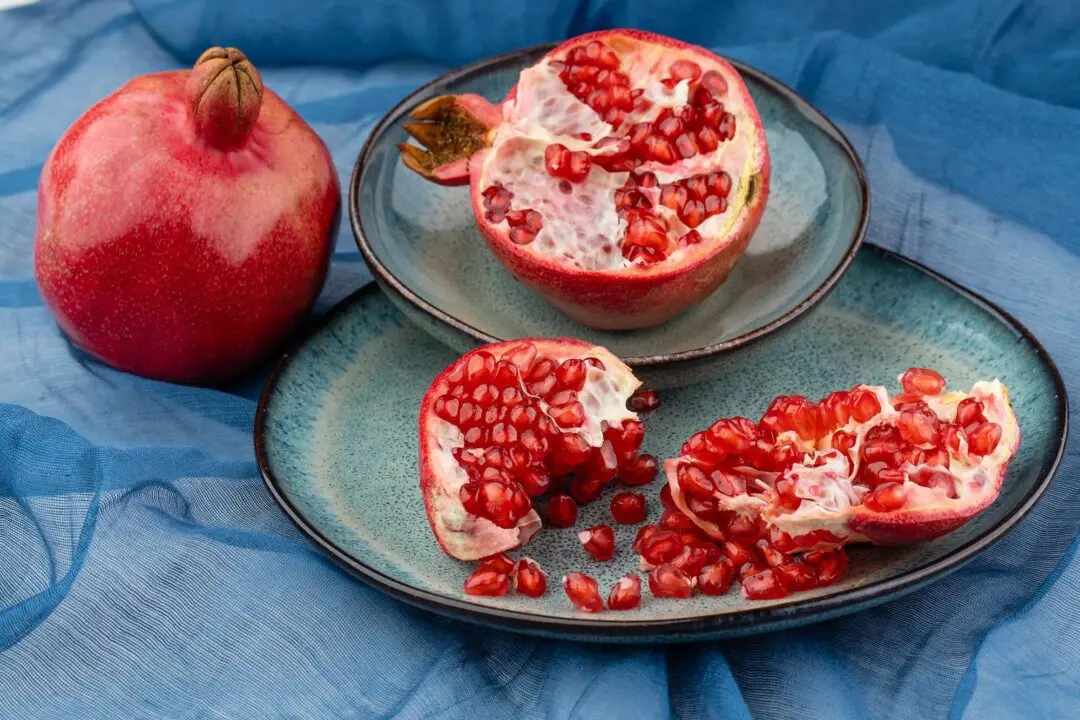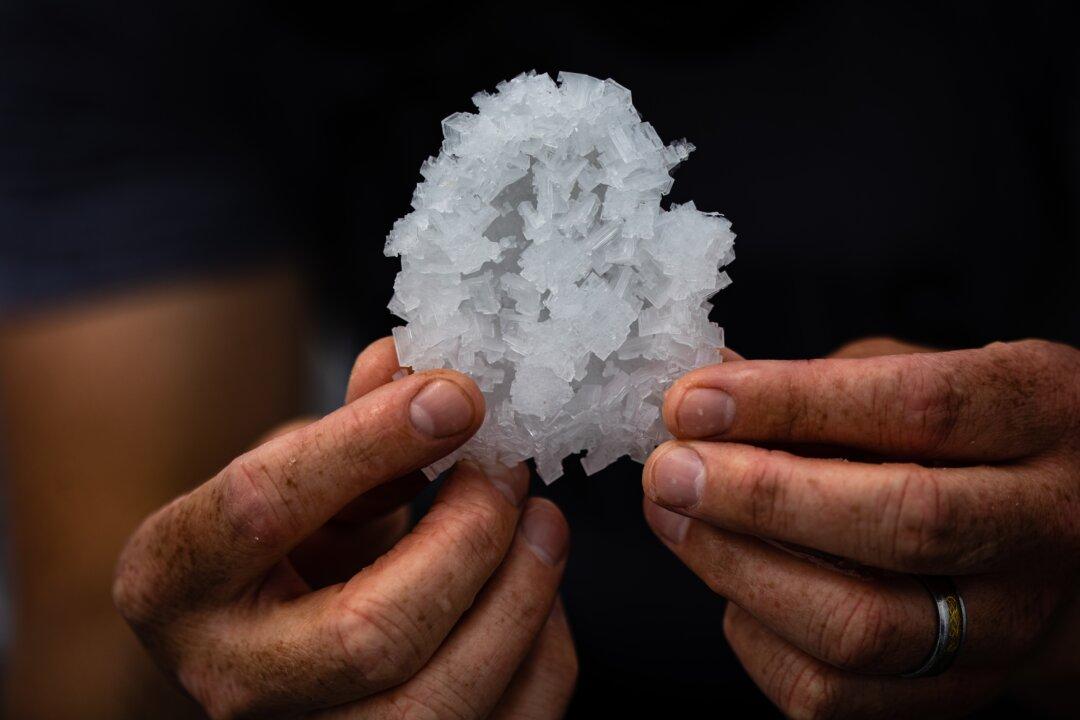Can you make a silk purse from a sow’s ear?
The citizens of Destin-Fort Walton Beach, Florida, are trying. In this case, the dubious item is no part of a pig, but an invasive, rapacious Asian fish that has mushroomed along both coasts of Florida, across the Caribbean, and into the Atlantic as far south as Brazil—the lionfish.





